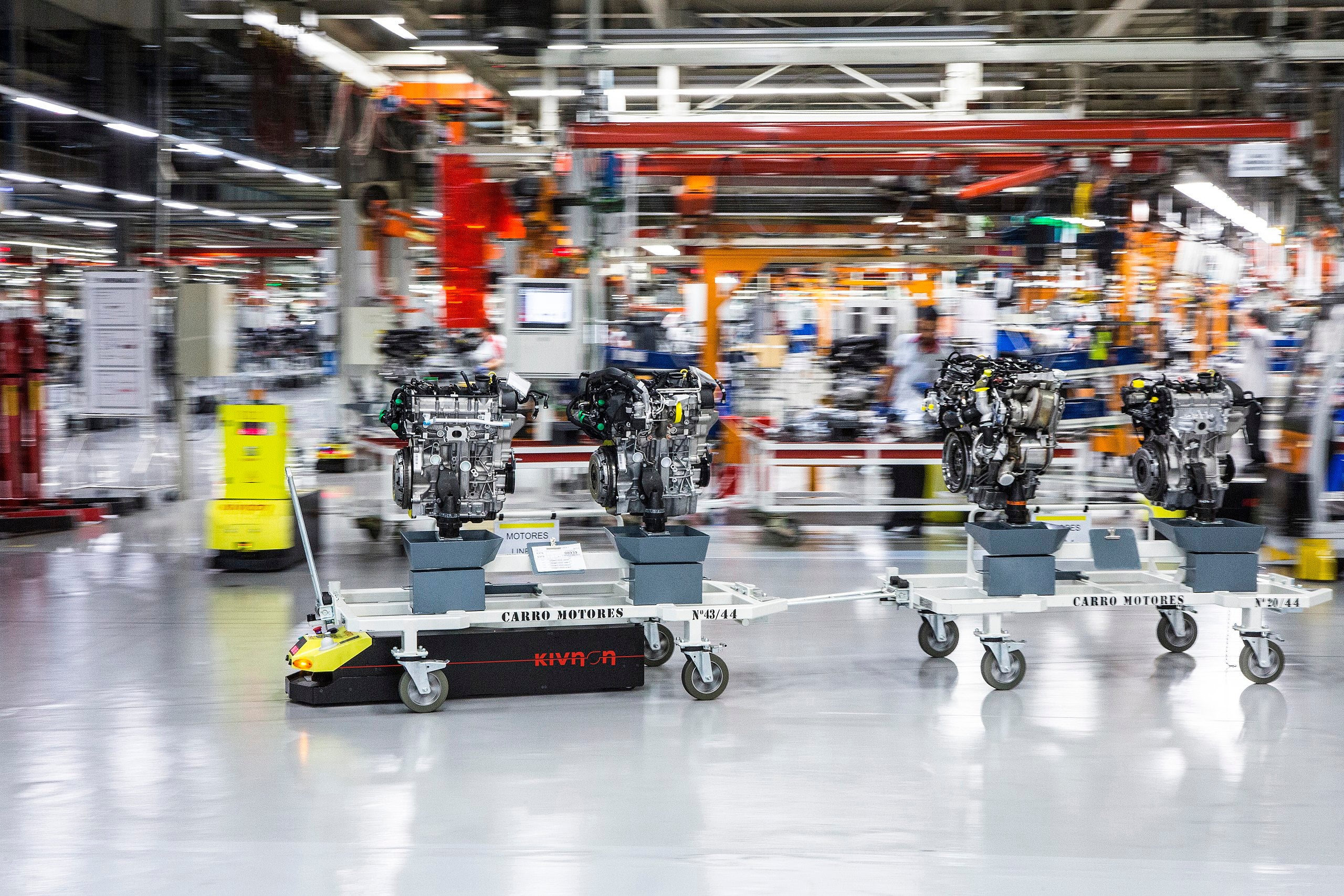
Robotic Research has secured a contract from the US Defense Logistics Agency (DLA) to develop an unmanned autonomous guided vehicle (AGV).
The AGVs will be used as tow vehicles for storage facilities to enhance logistics efficiency and safety.
Currently, DLA maintains 20 storage sites, with more than 570 warehouses.
The AGV is also widely used in the warehousing and storage sector for both commercial and other military customers.
If a successful AGV is developed, Robotic Research could receive follow-on contracts from DLA for ‘as many as 100 such vehicles’.
Robotic Research co-founder and president Alberto Lacaze said: “We are very excited to be developing an AGV for the DLA.
“Not only would an unmanned tow vehicle save the DLA money, and increase safety and efficiency. Conducting autonomous operations in and between warehouses would be a technological first.”
DLA is seeking a ruggedised, robust, and highly manoeuvrable AGV.
The unmanned vehicle will have to tow 18,000lb heavy loads, climb steep slopes and turn tight corners while manoeuvring safely around people and other vehicles.
Furthermore, the unmanned tug should be able to work under extreme weather and terrain conditions and operate indoors without global positioning system (GPS) guidance.
To meet all these requirements among many others, Robotic Research is offering its Stock Handling Autonomous Robotic Kit (SHARK).
SHARK is a platform-agnostic solution that can be installed on any number of ‘commercially available’ tow vehicles.
It will use artificial intelligence (AI) and world modelling, safety-assist features, GPS-denied localisation technologies, and a mix of sensors such as LIDAR, radar, cameras, and more to guide the AGV.
Lacaze added: “We’ve been the key autonomy provider for numerous military programmes including Autonomous Ground Resupply (AGR) and Expedient Leader-Follower (ExLF).
“And our wearable WarLoc device, which has been deployed with Army Brigade Teams, provides GPS-denied localisation.”
Robotic Research has showcased ‘vehicle-agnostic automated technology’ and the ability to operate alongside pedestrian and mixed traffic in the commercial world.



